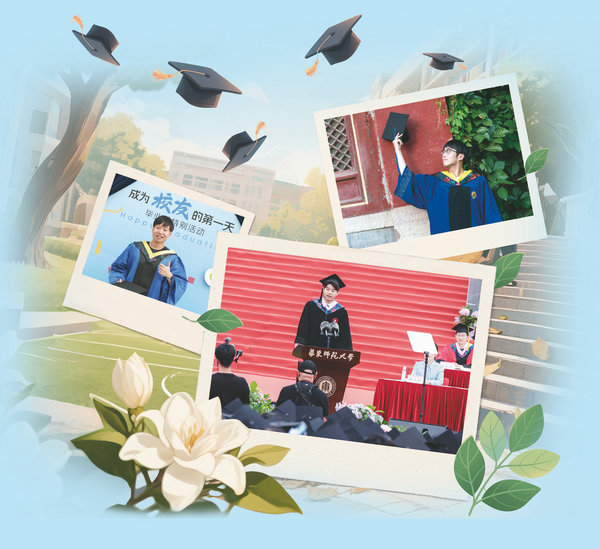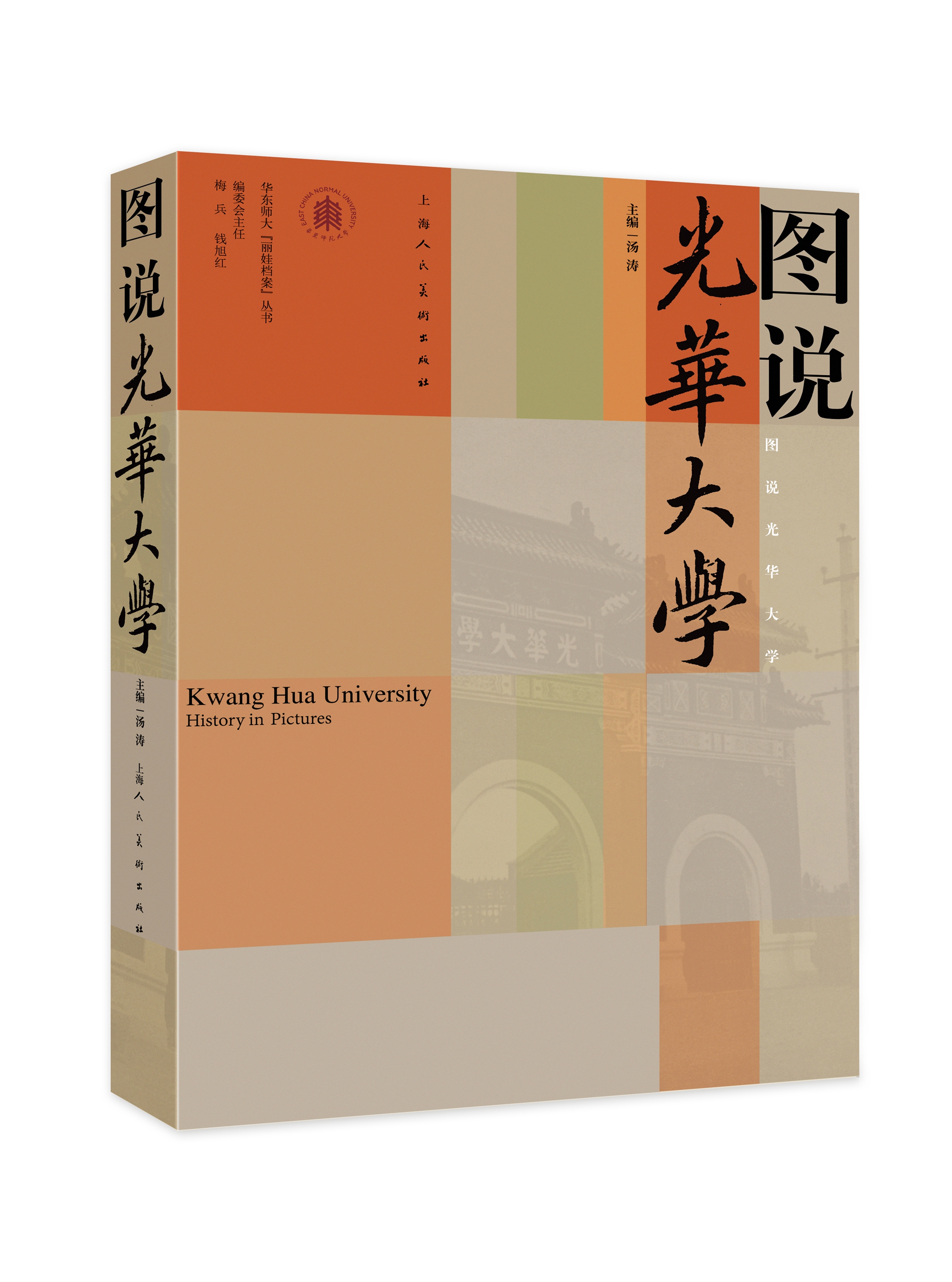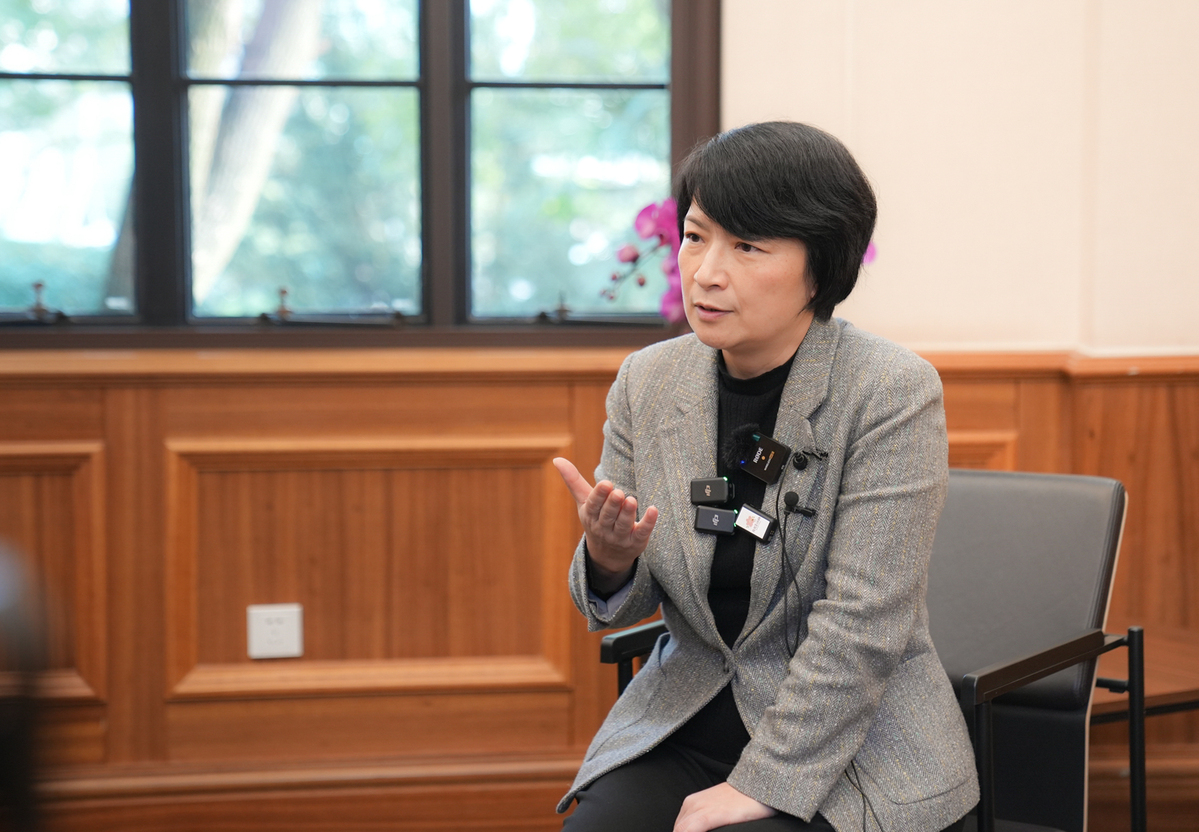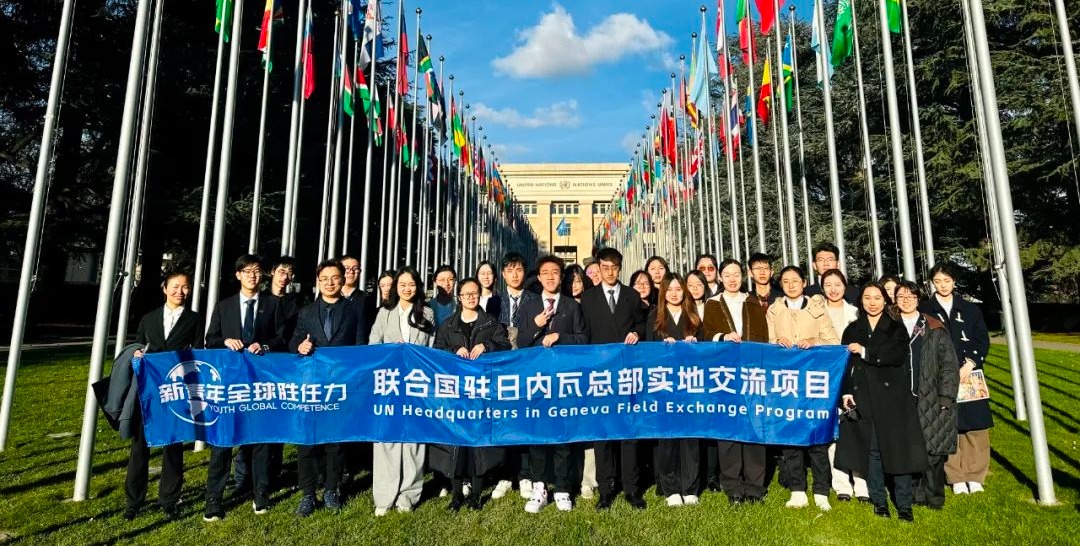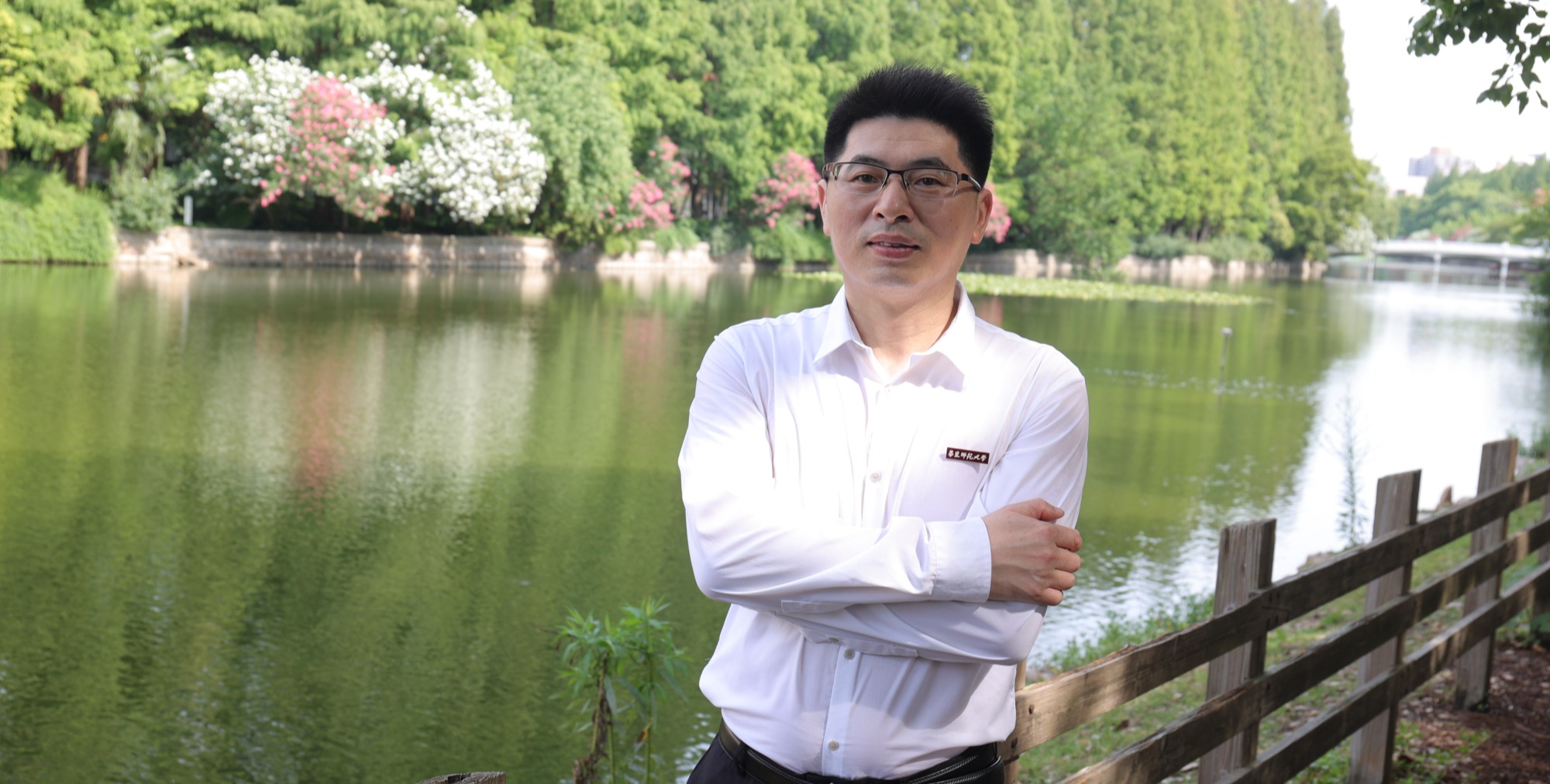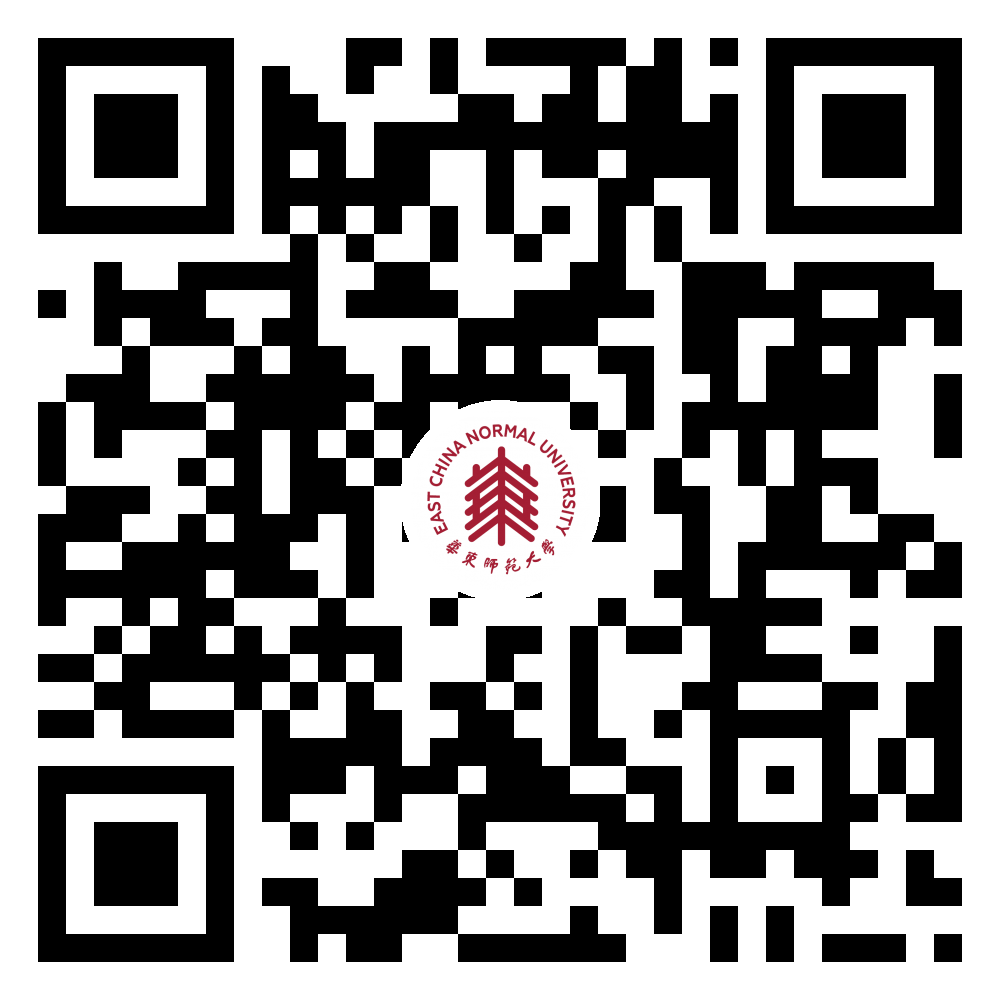On December 15, 2014, Chu Junhao, an academician of the Chinese Academy of Sciences, the dean of the School of Information Science Technology of ECNU, and a researcher in Shanghai Institute of Technical Physics (SITP), the Chinese Academy of Sciences, was conferred the title of “Ten Outstanding Scientific Workers in China” at the Great Hall of the People in Beijing. In the eyes of Chu's colleagues and science lovers, Chu deserves this title.
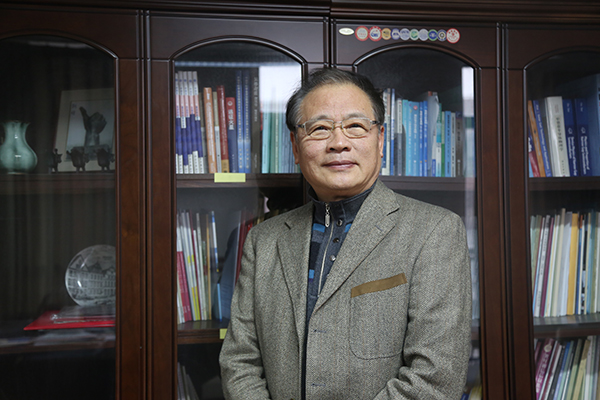
Academician Chu Junhao
Born in 1945, Chu is now seventy years of age. However, he is still vigorous and energetic, devoting himself wholeheartedly to the most state-of-art scientific research and setting a perfect example for younger scientists to follow. He was the first PhD holder in infrared physics cultivated independently by China and the discoverer of the most systematic HgCdTe infrared intrinsic absorption spectrum used for the development of infrared detectors. He obtained the most physically significant relation between the band gap, composition, and temperature of HgCdTe, known internationally as the CXT (Chu-Xu-Tang) relation.
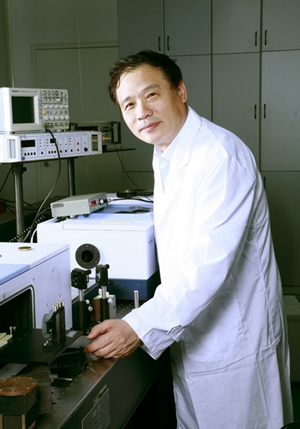
Chu works at his lab.
He established the theoretical model for two-dimensional electron gas structure used for researches in the MIS device structure of narrow gap subband semiconductors. His systematic and innovative achievements in the application research of infrared physics, subband semiconductors, polar material, and ferroelectric film have pushed the development of the semiconductor discipline. With his excellent contribution to the development of infrared physics and technology application in China, he has won the national natural science award 3 times and science awards at the provincial or ministerial level 12 times. He has published over 400 SCI-indexed journal papers and 3 monographs, compiled 8 books, and won over 20 patents of invention. His research results have been cited extensively at home and abroad and appeared in science handbooks and monographs published in the US, UK, Holland, and the former Soviet Union.
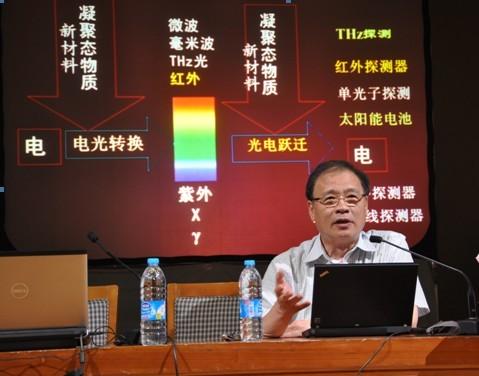
Chu gives a speech to popularize science at Hongkou District.
However, Chu is not a scholar engaging himself only to academic pursuits. He is enthusiastic about popularizing scientific knowledge, focusing particularly on teaching the younger generations to learn about and inherit the spirit of scientists in exploring the new realm of knowledge. He spends almost all his spare time on science popularization, giving a speech every month on average and publishing nearly 100 newspaper articles for this purpose. In addition, he has also published works on science popularization, such as Energy and The Other Half of the World in Darkness: the World of Infrared Rays, and chief-edited Energy and the Environment, a part of the new edition of the highly popular Student's Encyclopedia Series. Evidently, Chu is a fine embodiment of the combination between scientific research and science popularization and a paragon to show the benefit one can gain from doing both.
Chu is closely connected with ECNU. His father, Mr. Chu Shaotang, was a famous geography educator and historical geographer in China. He originally taught at the History and Geography Department in Shanghai Jinan University, but came to work in the Department of Geography, ECNU, in 1951 when the university was founded. He helped to build the first MA program in geography education in China and became the first MA supervisor. In 1953, Chu Junhao, then 8 years old, moved from Hongkou District to ECNU with his parents and became a fourth-grade student in the university's primary school.
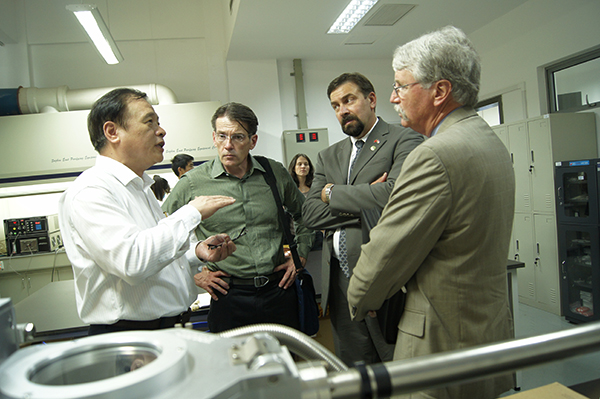
Chu discusses cooperation issues with experts of Colorado State University.
Influenced by his father, Chu Junhao was an avid reader in his childhood, reading science popularization magazines like Science Pictorial and Popular Science, and biographies of scientists. He also made some smarty inventions occasionally, such as simple vacuums and telescopes. When in middle school, he was fascinated with physics. In 1962, he was admitted into the Department of Physics of Shanghai Normal College (today's Shanghai Normal University).
After graduation from college, Chu taught physics in Meilong Middle School in Shanghai for 10 years. In his spare time, he was dedicated to the study of theoretical physics. Guided by Mr. Yin Pengcheng, a teacher in the Department of Physics of Fudan University, he formed a team with Zhang Minsheng, Zhu Wei, Feng Chengtian, and Lu Jizong to discuss elementary particles. They also wrote articles and reading materials to popularize scientific knowledge. The ten-year teaching experience has enabled Chu to lecture on science with accessible language.
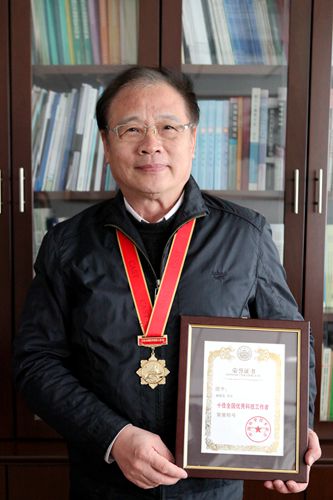
Chu is conferred the title of “Ten Outstanding Scientific Workers in China”.
In 1978 when China's postgraduate enrollment system was resumed, Chu was admitted into the MA program in SITP, and studied there under Tang Dingyuan, a well-known infrared physicist and an academician in the Chinese Academy of Sciences, thus starting his research in infrared physics. As the first PhD holder in infrared physics cultivated independently by China, he was excellent in academic performance and was immediately accepted to work in SITP after graduation. Later, he became the vice director of the institute's Office of Physics. In the following three decades, he has gone increasingly farther on the road of academic research, particularly in the fields of infrared optoelectronics physics and semiconductor science. In 2005, for his outstanding achievements in semiconductor physics, he was chosen to be an academician at the Information Technological Sciences Division in the Chinese Academy of Sciences.
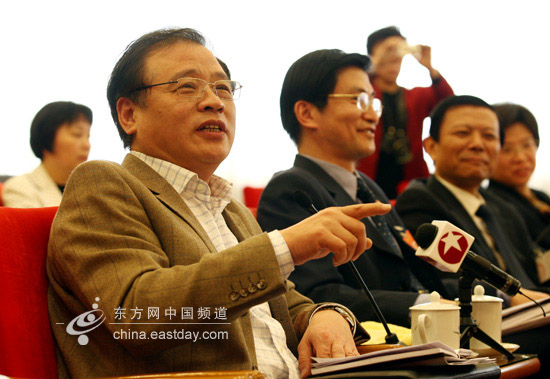
Chu talks at an interview.
As an academician, the chief scientist of the national 973 program, and the leader of many key national projects, Chu does have a very busy work schedule. However, he often accepts gladly the invitations to make a speech on science popularization. “I'm willing to squeeze some time out for science popularization, because this is the social responsibility an academician should undertake.”

